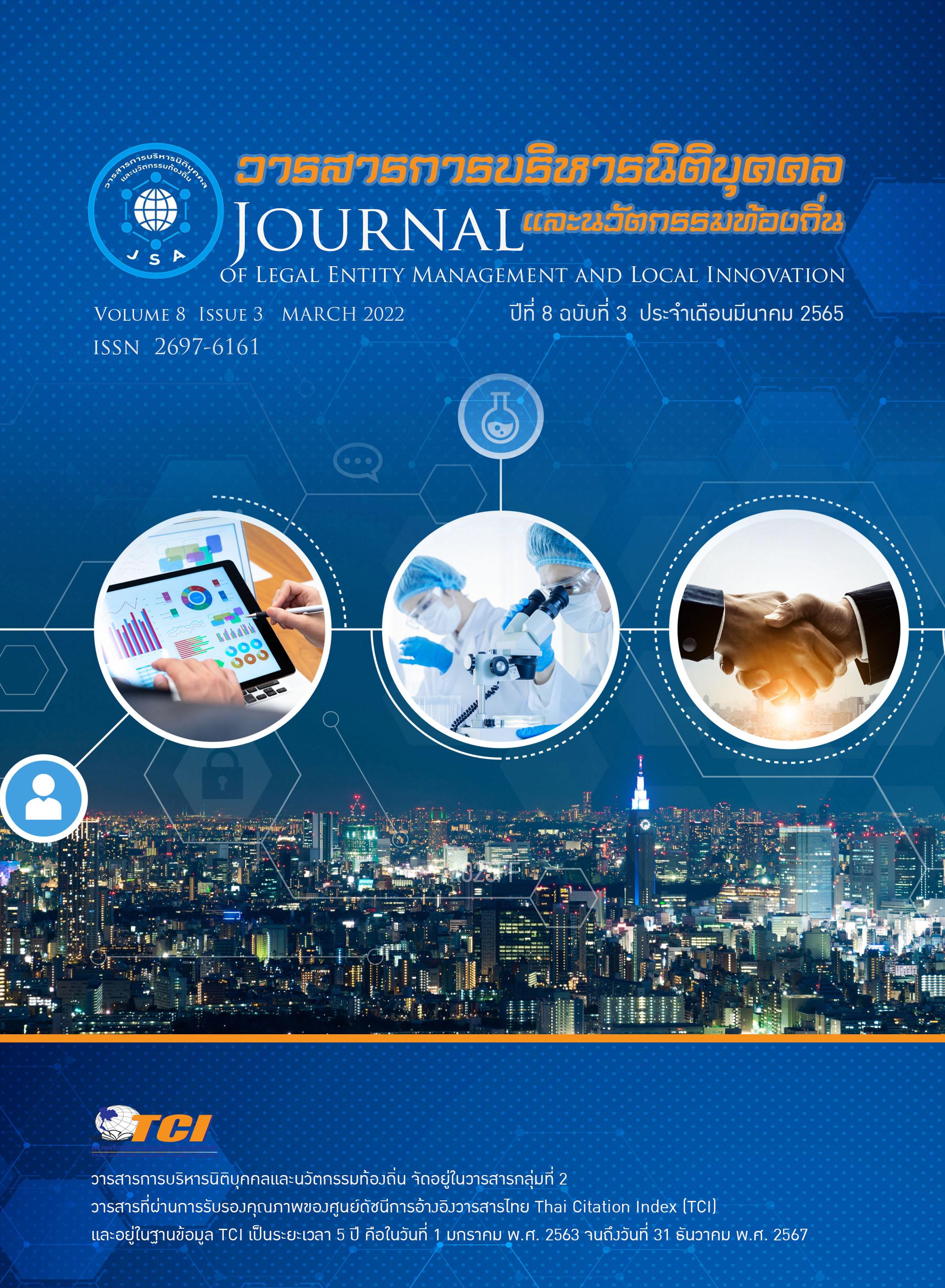Supply Chain Management of Meat Goats in the South of Thailand
Keywords:
Supply Chain, Meat Goat, SouthAbstract
This study was qualitative research that aimed to examine the supply chain of meat goats in the South. The data collection was through stakeholder involving in the supply chain activities. Those were 23 goat-raising farmers, 11 goat collectors/brokers, 11 slaughters, and 2-livestock officers for the total of 47 informants. A semi-structured interview and non-participatory observation methods were tools for data collection. Data triangulation and content analysis were for all data synthesis. Results of this study indicated the following parts of the supply chain of meat goats in the South: The upstream part consisted of goat-raising farmers.; the midstream part consisted of local goat collectors/brokers/farmer groups/slaughter.; and the downstream part consisted of consumers who consumed alive-meat goats and slaughtered-goat meat both domestic and foreign ones. The study found that brokers/slaughters at the midstream supply chain were connecting points for the flow of meat goats between producers and consumers for regional consumption. Because brokers/slaughters were only Thai Muslims, this affected the most consumption at the portion of the downstream supply chain to be only the traditional meat goats. For collectors/brokers at the midstream supply chain, those were the connecting points for the flow of meat goats to Malaysia and Vietnam. The directions for developing the supply chain of meat goats in the South should be the following. 1) Upstream activities: There should be developing potential and quality into more commercial production. 2) Midstream activities: There should be a developing meat goat market to have more various meat goat products, having clear marketing communication among people involved in the supply chain, and promoting slaughterhouses to be the standard ones. 3) Downstream activities: There should be promoting goat meat consumption in various consumer groups and building perception of consuming values of goat meat through public relation media.


